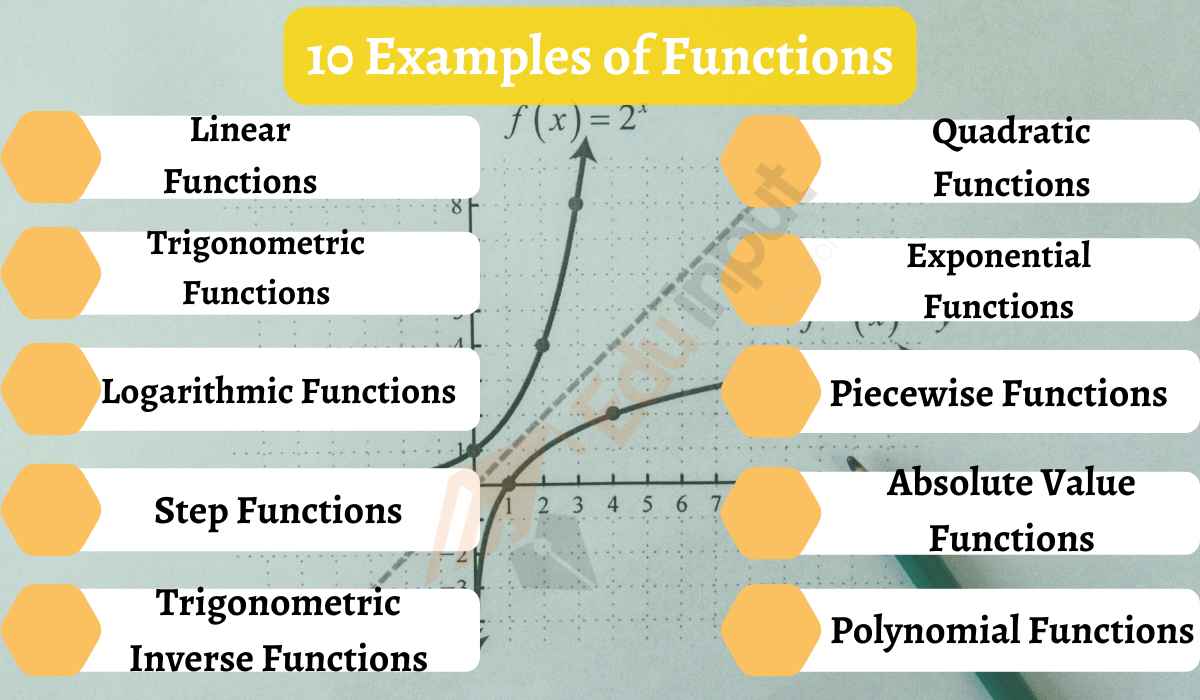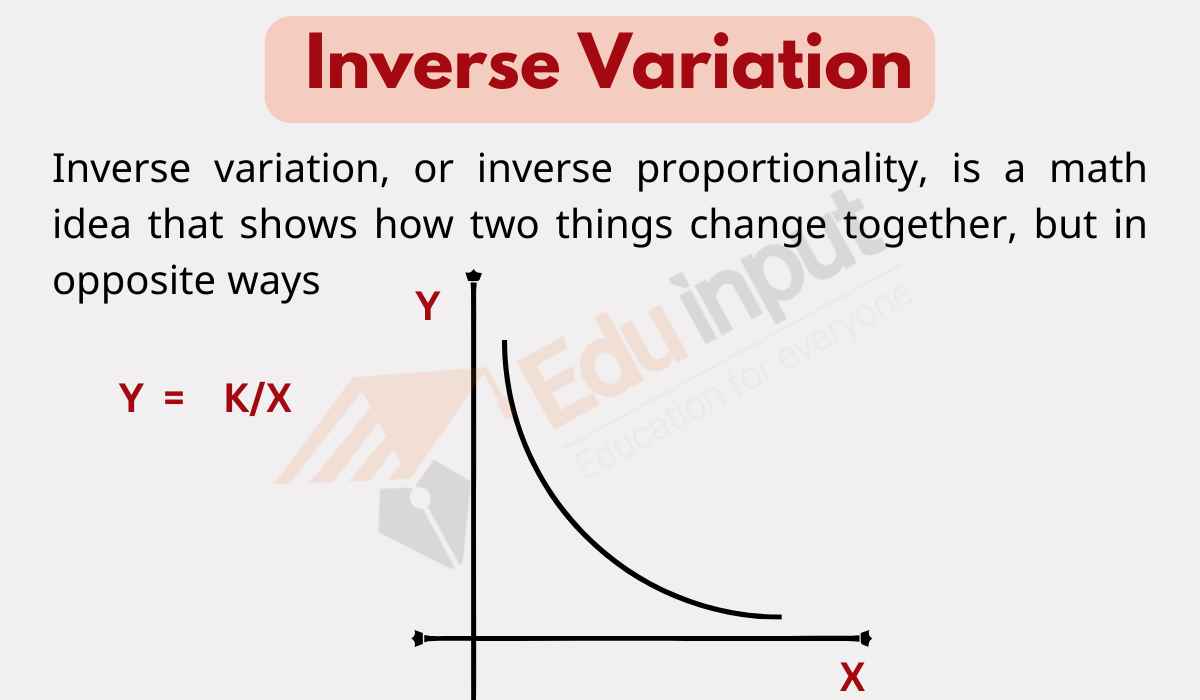10 Examples of Bisectors
In mathematics, bisectors are lines, rays, or line segments that divide geometric figures or angles into two equal parts.
In this article, we will discuss ten examples of bisectors in mathematics.
Examples of Bisectors
These are 10 examples of bisectors.
1: Angle Bisector
An angle bisector is a ray that divides an angle into two equal smaller angles.
2: Bisector of a Line Segment
Perpendicular bisector of a line segment is a line that intersects the line segment at a right angle and divides it into two equal parts..
3: Angle Bisector in a Triangle
In a triangle, an angle bisector is a line that divides one of the angles into two equal smaller angles.
4: Medians in a Triangle
Medians are line segments drawn from a vertex of a triangle to the midpoint of the opposite side.
5: Altitudes in a Triangle
Altitudes in a triangle are lines drawn from a vertex to the opposite side, forming right angles.
6: Bisector of an Arc
In circle geometry, the bisector of an arc is a line that divides the arc into two equal parts.
7: Angle Bisector in a Quadrilateral
In a quadrilateral, the angle bisector is a line segment that divides one of the angles into two equal angles.
8: Bisector of a Diagonal
In a polygon, bisectors of diagonals are lines that divide the diagonal into two equal segments.
9: Bisector of a Chord
In circle geometry, the bisector of a chord is a line that divides the chord into two equal segments.
10: Bisecting a Vector
In vector mathematics, bisecting a vector involves finding a vector that is the average of two other vectors.







Leave a Reply